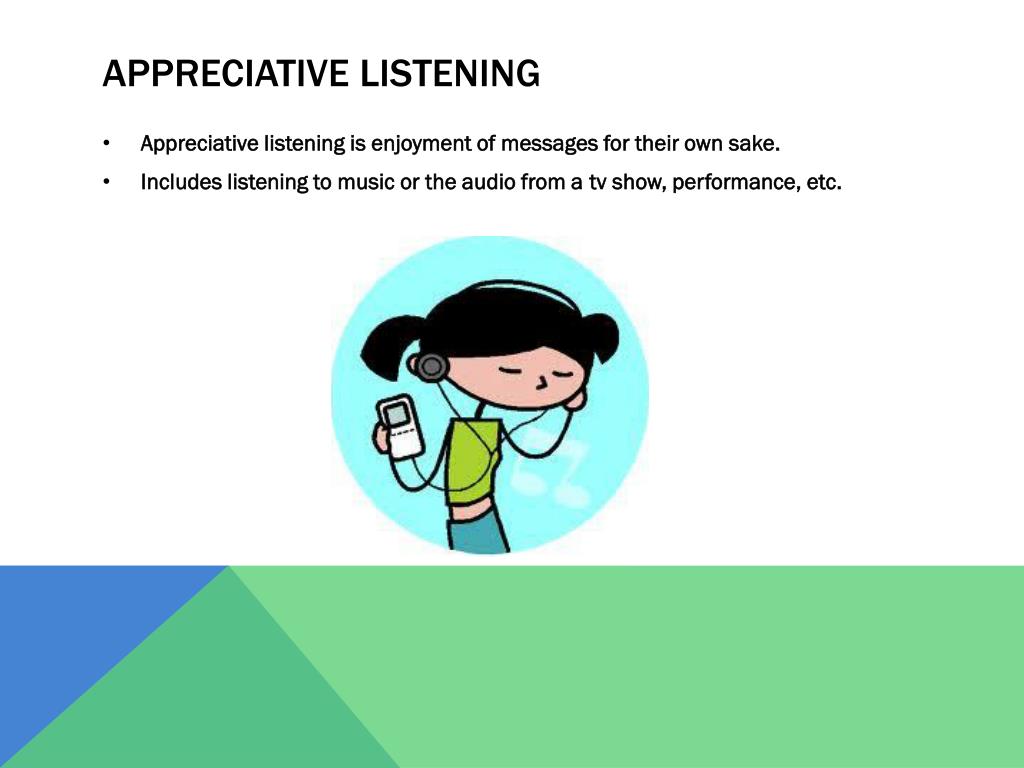


That’s because teachers and students learn to see each other as full people. Active listening promotes this openmindedness and encourages another XQ Design Principle: caring, trusting relationships. We know that meaningful, engaged learning happens when students can set aside biases and preconceived notions to really listen to their teachers and to each other. Círculos founder Jessica Salcedo explained, “Circles provide an intentional space for all students to be seen and heard-to develop their voices and identity in relationship to each other, their community, and their learning.”Īctive listening is often used in counseling or therapy, but it’s also a powerful way to promote learning in the classroom. Through building these listening skills, students learn to better empathize with each other and create a stronger community. Active listening teaches them to listen to each other more deeply and closely for true understanding. Students, like adults, often think they’re listening to each other when they’re actually distracted or not focusing on key details and experiences. These types of circles aren’t just about sharing different perspectives or experiences. Teachers also create circles of students during class to support group discussions about academic content. Each day, students meet in circles to discuss their personal goals, victories, and setbacks. What does it mean to truly listen to someone? At Círculos, an XQ school in Santa Ana, California, students approach this abstract question through a daily, concrete activity: forming circles.

This will serve the purpose of not only helping the listener but also helping the speaker to be understood and appreciated.How Active Listening In The Classroom Develops Empathy What does it mean to truly listen to someone? At Círculos, an XQ school in…

It is critical that people understand that different forms or listening are appropriate for different times. Understanding the different types of learning can help people to know and understand why they are listening. However, many people listening without knowing how or why they are listening. Listening is a keep component of education. As such, listening critically helps a person to think critically and vice versa. Critical thinking is the process of assessing the soundness of evidence while analyzing the organization of the thought. A student who is providing a reason for a late assignment will face a teacher who is listening critically.Ĭritical listening and critical thinking are closely related. For example, a child trying to explain how a plate was broken will face a parent who is listening critically. This is not for entertainment as appreciative listening is nor is it for showing emotional support as empathic listening is.Ĭritical listening serves the purpose of listening in order to decide whether to accept or reject the speaker’s message. For example, a student listening to a lecture or child listening to directions from a parent. The motivation is the pleasure.Ĭomprehensive listening has as its goal the desire to understand what the speaker is saying. Examples of this are when a person listens to music or perhaps a talk show. The purpose of this type of listening is to provide attention for the purpose of soothing the individual.Īppreciative listening is the type of listening we do for enjoyment. An example would be a mother listening to an upset child or a teacher listening to a student who is having a difficult time. In this post, we will look different types of listening.Īccording to Lucas (2015), there are at least four types of listening and they includeĮmpathic listening is listening to provide emotional support for the speaker. Hearing is just the sounds that the ear picks up in everyday life while listening is paying attention to those sounds, such as speech, and making sense of them. The act of listening is different from hearing. Listening is actually the act of closely paying attention to and comprehending what one hears. Listening is something that everyone spends a lot of time doing.


 0 kommentar(er)
0 kommentar(er)
